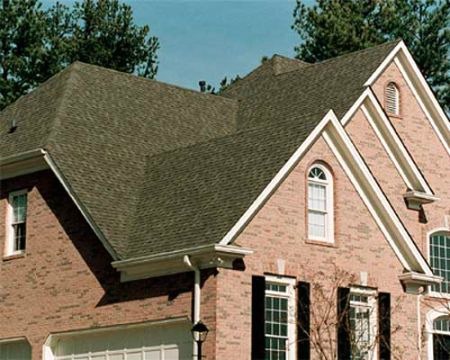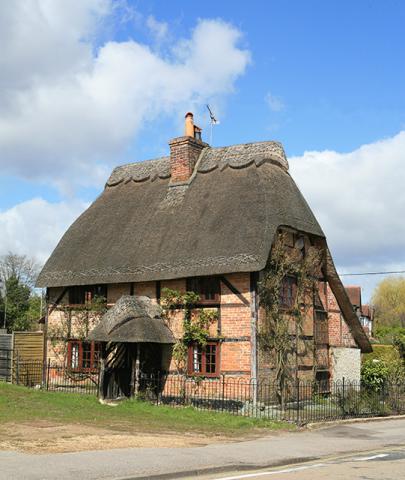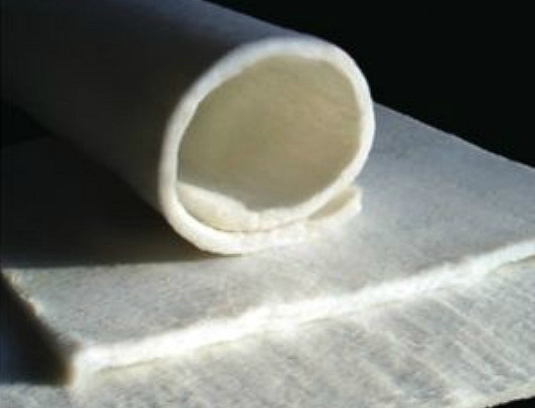6 Essential Guidelines On Loft Insulation

Insulation is a very essential step in home improvement, which is both a very reasonable investment and will make your home invincible to bad weather conditions. Not only will you seal all the warmth inside your home but you can also use this part of your home a regular room.
1. Essential Facts

There are various techniques of insulation, which will require special equipment and a certain level of experience. This, respectively, means you could either do some of the projects yourself or leave them to the professionals. The latter is a very good idea, if you have no time, as well. Experts will provide you with the best results at minimal cost.
2. Type Of Roof

There are three major kinds of roofs – sloping, dormer and flat roofs. Obviously, the type of insulation depends on their type, for it has to be as effective as possible. What is more the level of difficulty changes from with the type of roof you will work on – from flat to dormer. If you’re the proud owner of a house with a sloping roof, you can take advantage of warm and cold loft insulation. The first kind is placed directly below the roof and the second immediately over the ceiling.
3. Is Your House Old?

If your house is older, say, built during the 70’s, it will most likely have isolation. In fact, regardless of the year it was built in, it would have probably been insulated. However, check the depth of the insulated areas. Specialists advise to get rid of any, which is below 100-110 mm, as it will not properly function as warmth sealer.
4. Loft Insulation Materials
Blanket – It is also known as quilt or matting insulation. It is basically mineral wool, which consists of rock and glass fibres. It is commonly used both for loft or stud walls. If you decide to work on your own, wear the necessary equipment – mask, workwear and gloves.
Blown Insulation – This is our second contestant. It’s a very good choice, as it is fire-proof and a very flexible loft insulator as it fills spaces between joists and other which are unusually awkward. This is a major advantage, as matting, for example, cannot fit in irregular spacings.This recycled-newspaper-based material has one disadvantage – it should be installed by professionals, as they have the equipment necessary to cope with the task.
Rigid Insulators – These board-like materials are a three-in-one, which means, they’ll do excellent job in wall, ceiling and floor insulation. It takes skills and equipment to work with this kind of materials, but they do an excellent job in rooms with limited space.
5. Is Thickness A Criterion?

Normally, the thicker the insulation material, the better, as it won’t allow warmth escape the household. However, there are some exceptions. Many manufacturers combine both thin and high-quality insulators. To know how effective your insulation materials will be, inform yourself on their thermal conductivity, known also as K-value or Lambda. The lower the value, the more effective insulation it provides, as it won’t let heat sneak out of your home.
6. Why Trust A Professional Handyman?
This is a laborious task, which very few people can conduct on their own. There are time-saving tricks, and techniques only a skilled handyman has. Two questions you have to ask yourself is “Are you really prepared to pay double, if everything is a complete disaster? And are you sure you’d like to risk your life or health in an experiment like this one?” So why not just trust experts and let them provide you the best possible results at a minimal cost?

Leave a Reply